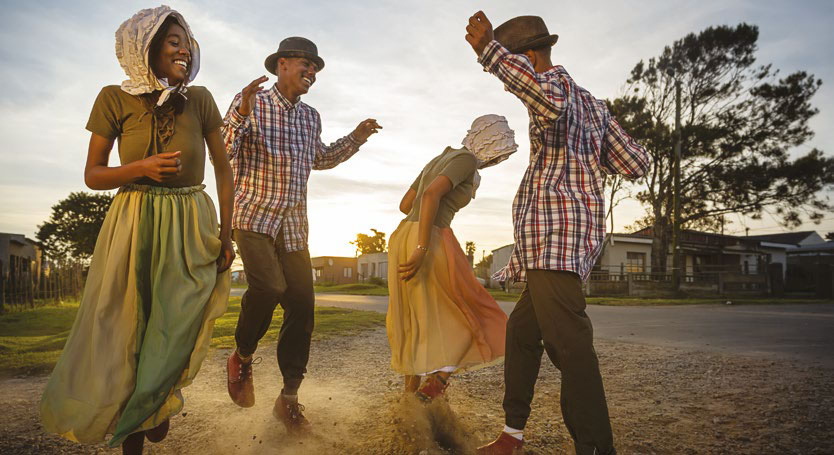In the arid landscapes of South Africa’s Northern Cape, the Rieldans—also known as the Riel—stands as one of the oldest indigenous dance forms. Originating from the Khoisan people, this vibrant dance is characterized by its energetic footwork, mimicry of animal movements, and storytelling elements. Traditionally performed around campfires after successful hunts or during communal celebrations, the Riel serves as both entertainment and a means of preserving cultural narratives.
As a cultural historian with a focus on African traditions, I’ve observed how the Rieldans encapsulates the resilience and creativity of the Khoisan communities. The dance often involves participants donning colorful attire, with movements that imitate animals like ostriches and baboons, symbolizing various aspects of life and courtship. Accompanied by instruments such as the ramkie—a homemade guitar—the Riel is not just a dance but a living archive of indigenous knowledge and social values.
In recent years, efforts have been made to revive and promote the Rieldans, including national competitions that celebrate this unique cultural heritage. These initiatives not only provide a platform for younger generations to engage with their roots but also raise awareness about the importance of preserving intangible cultural assets. The Riel’s resurgence highlights the enduring significance of traditional art forms in fostering community identity and continuity.





